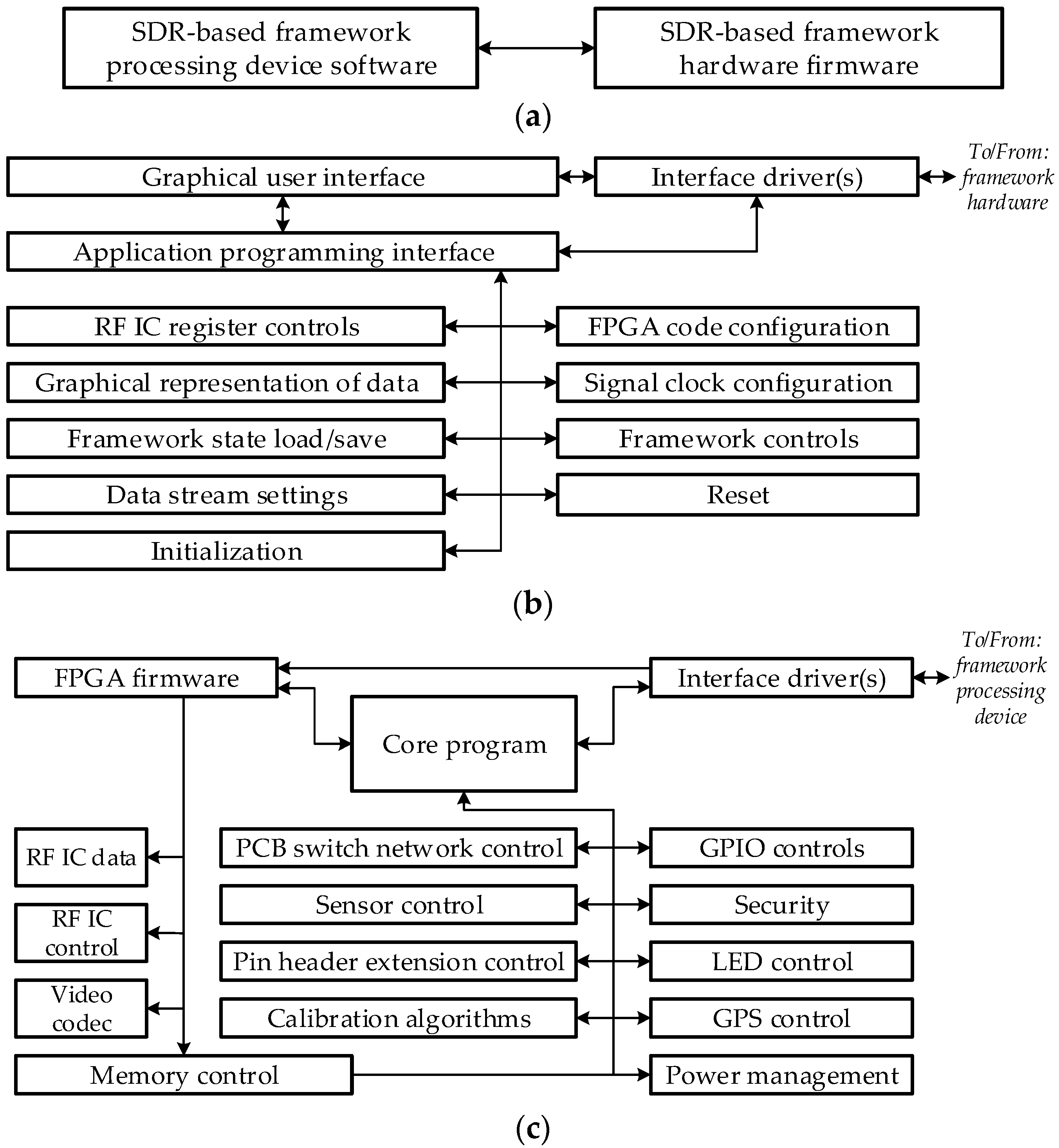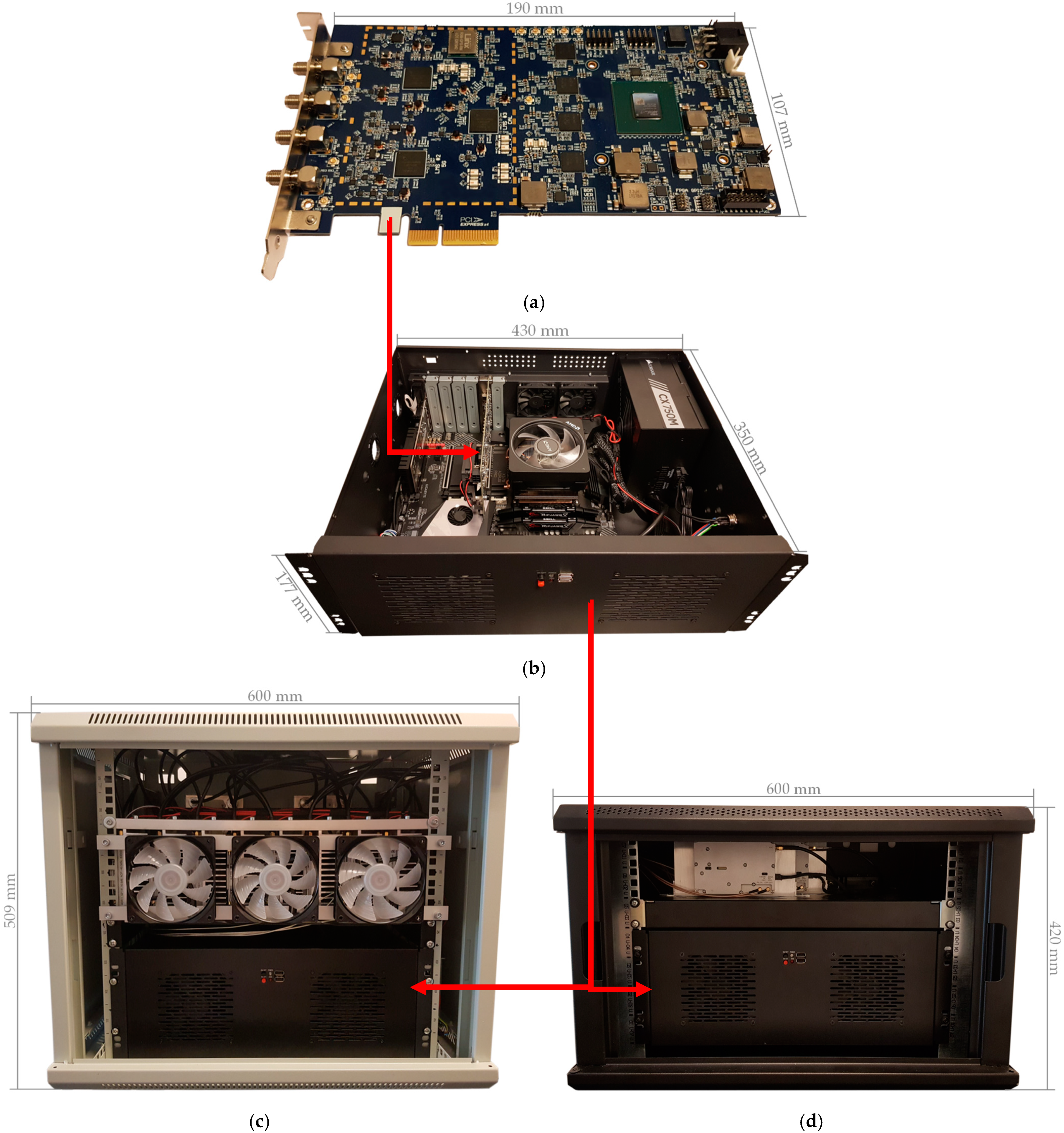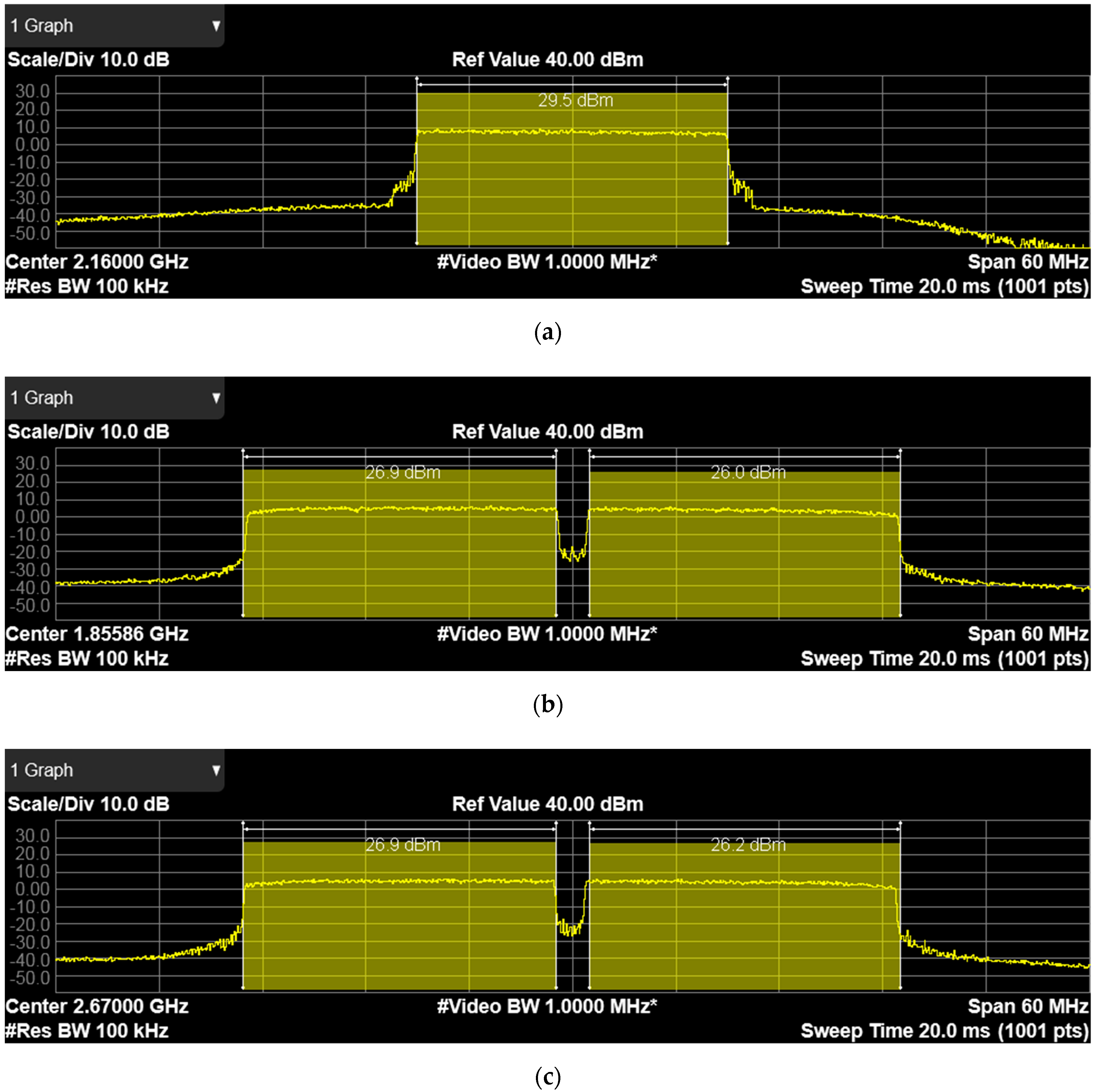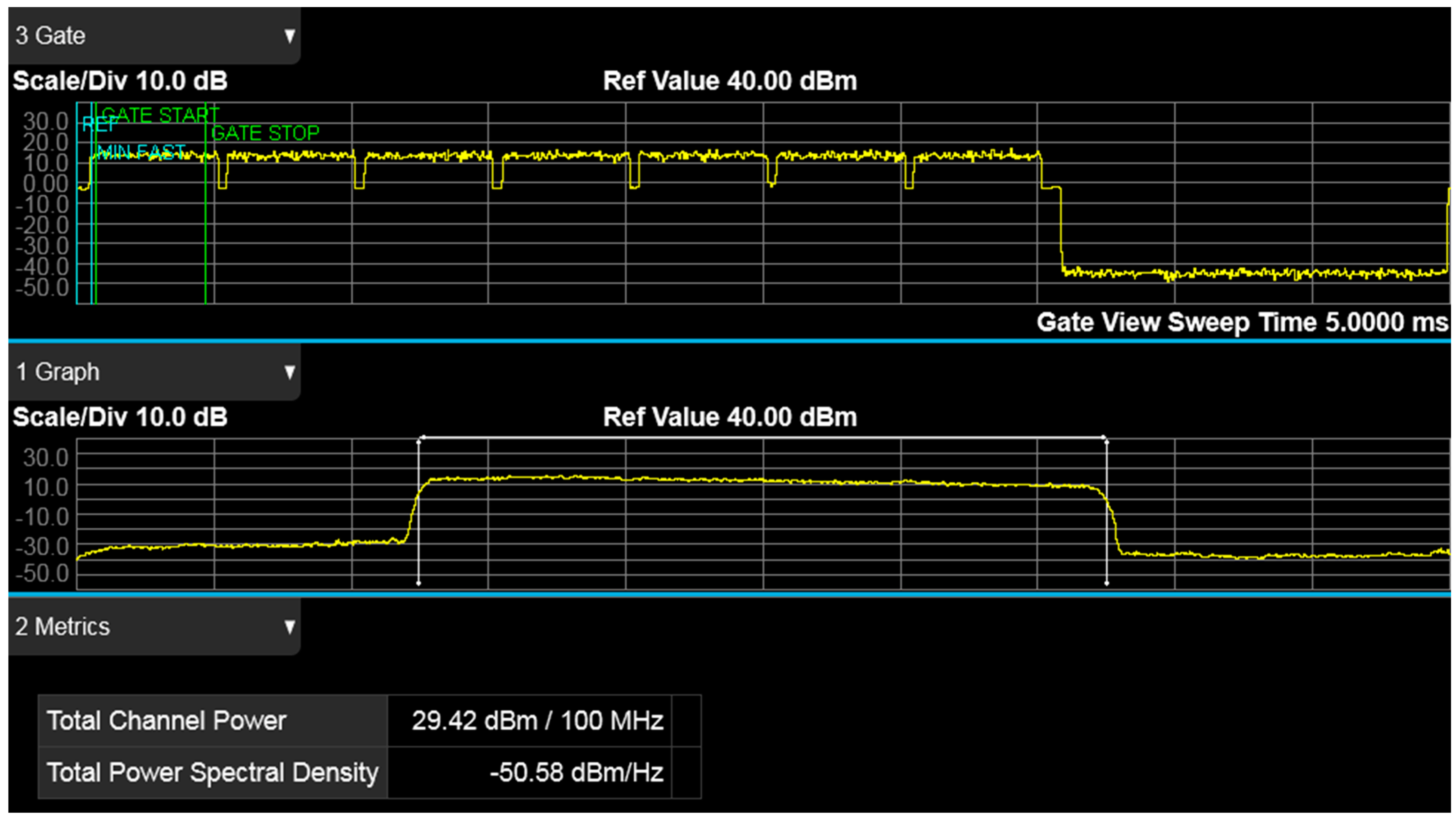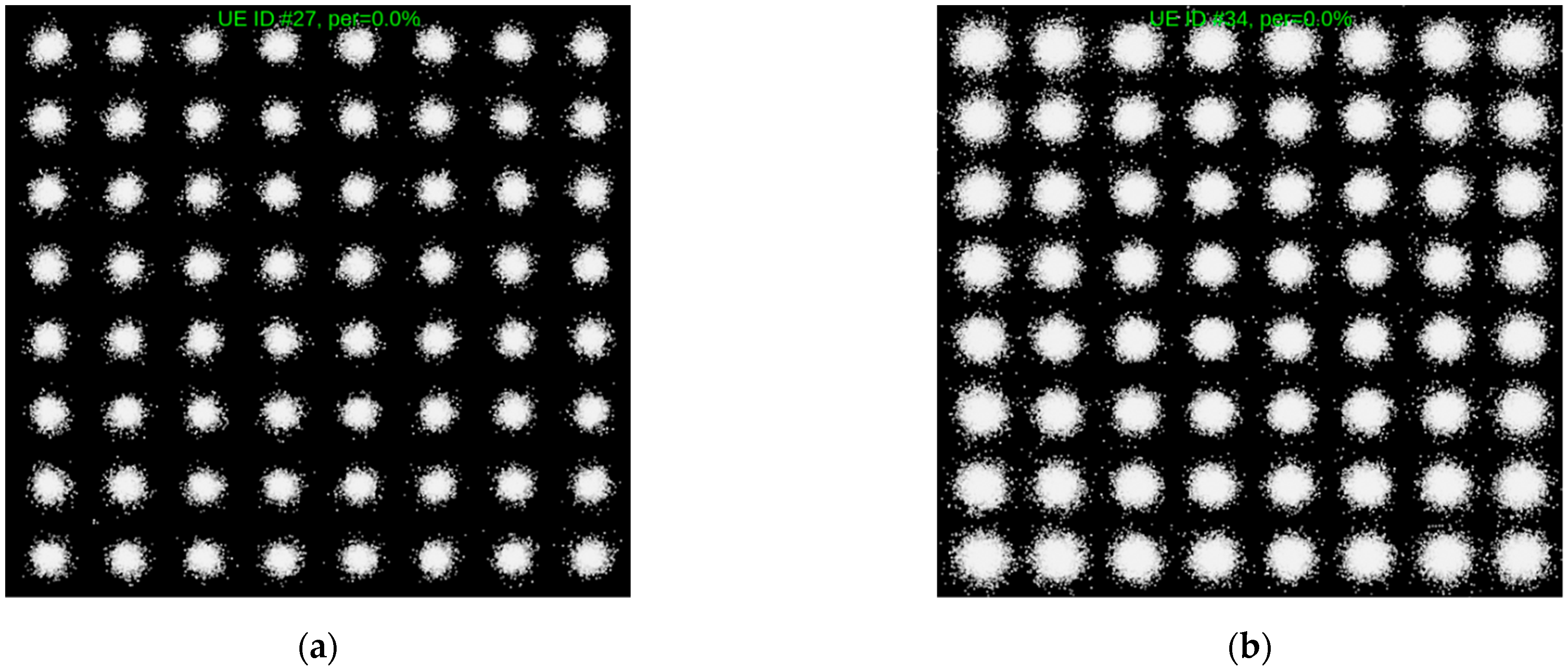1.1. Background
The mobile communication industry has seen a dramatic growth in the last two decades since various social communication and entertainment services shifted to mobile technology-oriented user equipment (UE). While earlier generations of cellular technology (such as 4G) focused on connectivity, 5G expands on this by delivering connected experiences from the cloud to customers [
1]. Because 4G is well in the commercial deployment stage, 5G and the future mobile technologies (such as 6G) have become a global research and development topic [
2], where low power consumption, massive equipment connectivity, ultra-low latency, security, services, deployment and management cost are key challenges [
1,
2].
Compared to 4G technology, 5G networks are more software-driven and can utilise new networking principles such as Software-Defined Networking (SDN) architectures, virtualisation, Multi-access Edge Computing (MEC) to achieve dynamic network management and enhanced Mobile Broadband (eMBB) [
1,
2,
3]. MEC enables SDN and virtualisation technology to flexibly and quickly manage resources, which can be brought from the remote cloud to the wireless edge in the proximity of the UE [
4]. MEC in 5G moves the data plane from the cloud as close to the UE as possible, and, as a result, latency, data security, reliability, and stability are improved, and control level of provided services becomes higher [
4,
5].
As opposed to mobile broadband, current low power, low bandwidth scenarios, namely Internet of Things (IoT), usually use 4G technology-based LTE-M and NB-IoT Low Power Wide Area Network (LPWAN) radio standards. Other common wireless standards used in IoT technologies are Zigbee, LoRaWAN, IEEE 802.11ah (HaLow) and 802.11af (White-Fi) [
6]. On the other hand, 5G will be at the core of the emerging IoT revolution, with support for Ultra-Reliable Low Latency Communications (URLLC), massive Machine-Type Communications (mMTC), Device-to-Device (D2D), Machine-to-Machine (M2M) communication [
1,
2,
7]. 5G is also expected to play a major role in Intelligent Transport Systems (ITS), smart city applications, smart industrial software, smart homes, and implementation of many high-end, mission-critical IoT initiatives [
1].
Another advantage of 5G is the utilisation of network slicing and open Radio Access Network (RAN) technologies, which can reduce deployment costs of new generation cellular technology due to reuse of the infrastructure, what in turn can also open up new market opportunities [
3,
8,
9]. Open RAN allows to decouple the radio hardware from the radio functionality. The Baseband Unit (BBU) can run in the cloud (cloud RAN or C-RAN) or in a commercial off-the-shelf (COTS) local server (virtual RAN or vRAN), while having a stable, high-speed connection with the Remote Radio Head (RRH). By shifting BBU to the cloud or COTS server, C-RAN and vRAN allow to split the functions of a Radio Access Technology (RAT) between dedicated hardware and software instances [
10]. If implementation level of the software communication stack is highest—that is, physical layer 1 (L1) is implemented in BBU—it is possible to have direct access to samples from RRH, which now acts as the radio front-end only. While implementing L1 related functions in RRH could reduce transmission bandwidth between RRH and BBU, this would decrease flexibility in network upgrades and would be less convenient for multicell collaborative signal processing [
11].
1.2. Motivation
To achieve the desired flexibility, scalability, and resource reusability inherent in the open RAN technology, RRH hardware must also meet the same criteria. One of the widely developed and promising technologies is a Software Defined Radio (SDR). SDR-based transceivers can be used to implement a flexible wideband radio solutions, which can be deployed in any region, have common radio management features, support various channel bandwidths and can be used as O-RAN compliant white-box hardware [
12]. O-RAN, not to be confused with open RAN, refers to the O-RAN Alliance, which is a name for a specification group defining next generation RAN infrastructures. SDR-based RRH usually utilises SDR Radio Frequency (RF) transceivers to transmit and receive data in a wide frequency range, usually implemented as a single integrated circuit (IC) [
13]. In addition to the RF transceiver, SDR-based RRHs usually use Field-Programmable Gate Array (FPGA) ICs to implement functionalities of the physical layer using digital signal processing algorithms implemented in an embedded system with the aid of a specific software [
14,
15].
Just a few years ago, the majority of researchers had no access to actual cellular networks, and even when they did, it was limited to individual network components or functionalities [
3]. Now, an ever-increasing number of frameworks and projects of the RAN-oriented software stack are becoming available. On the other hand, availability of the SDR-based RRH frameworks is still limited. In survey [
3], the reviewed RAN-oriented software stack to SDR RRH hardware provider ratio was 3.25:1. In another survey [
16], the available software versus hardware framework ratio was 2.75:1.
To meet open RAN goals of reducing vendor dependency for RAN hardware, it is necessary not only to develop open RAN and 5G Core (5GC) software, but also to develop SDR-based frameworks, and, on their basis, complete Network-in-a-box (NIB) solutions that reduce system development time, provide test and measurement capabilities, and support existing and emerging wireless communication technologies [
6,
17].
1.3. Related Work
Related work to our research can be broken into three categories:
RAN and NIB related surveys.
RAN simulation-based performance evaluation.
Performance evaluations of networks using NIB testbeds.
In this subsection, an overview of most prominent works from each category will be presented.
An extensive survey on RAN architectures for 5G mobile networks regarding energy consumption, operations expenditure, resource allocation, spectrum efficiency, system architecture, and network performance is presented in [
11]. The paper also investigates key technologies of the 5G systems, such as MEC, SDN, and network slicing; and major 5G RATs such as millimetre wave (mmWave), massive multiple-input and multiple-output (MIMO), D2D, mMTC; and it provides insight into some major research challenges in these fields.
In [
3], a survey on open source 5G RAN and 5GC is presented, in which RAN and core network software, virtualisation and management frameworks are analysed. In addition, this survey analyses SDR support for open-source radio units and 5G testbed that can be used to instantiate software-based 5G networks.
Software and hardware tools used in NIB solutions are surveyed in [
16]. The paper analyses NIB related works regarding to radio access and backhaul technology, use cases, ease of deployment, edge services, network self-organising features, capacity, and Quality of Service (QoS), hardware implementation approach.
5G RAN performance evaluation can be done in two ways: by using simulators [
18,
19], or by using testbeds containing all the required hardware and software. In [
9], 5G deployment scenarios for Standalone (SA) and Nonstandalone (NSA) are evaluated through coverage, power consumption and handover simulation results. The evaluation is done in the 900–3500 MHz RF frequency range, based on a UE using 100 MHz bandwidth. Based on simulation and analysis results, it is summarised that SA outperforms NSA in terms of UE power consumption, network deployment complexity, and cost.
5G network MEC service simulation for downlink (DL) resource-block occupancy, frame latency at different frame sizes and UE count is presented in [
20]. 4G, 5G NSA and 5G SA scenarios are analysed working at 2000 MHz RF frequency range, with a varying number of UEs (up to 40) using 20 MHz bandwidth. The results show, that deploying 5G NSA and especially 5G SA should remove the 4G bottleneck from Quality of Experience (QoE) perspective and add considerable user capacity.
In [
21], simulation of vehicle platooning using Cellular Vehicle-to-Everything (C-V2X) and D2D communication is analysed. The results show that D2D allows one to save 73% of DL frequency resources, which results in less energy consumed by the gNodeBs (gNBs).
While 5G performance evaluation using a simulation-based approach is a convenient way to evaluate performance of different services or communications, simulation based results should always be properly validated to ensure that the results obtained with it are credible and match real world deployment scenarios [
21]. This requirement cannot always be met, and in certain scenarios it is even not viable. Simulations also do not necessarily consider open RAN solution based on dynamic behaviour of a general-purpose processor (GPP), for example Central Processing Unit’s (CPU) resource allocation. Hence, whenever possible, RAN performance evaluation using NIB-based testbeds should be the preferred choice if this option is available.
A GPP-based software defined 4G NIB testbed is presented in [
22]. Here, the authors compare different full 4G stack solutions, including OpenAirInterface (OAI), Amarisoft and srsLTE. The testbed uses a 6 core, 3.2 GHz processor to implement a 20 MHz bandwidth, frequency division duplex (FDD), single-input and single-output (SISO) transmission mode (TM). Performance evaluation was done with a DL carrier frequency of 2.660 GHz (Band 7) and achieved a maximum data rate of 70, 70, 30 Mbps in DL and 28, 45, 28 Mbps in uplink (UL) when using respectively OAI, Amarisoft and srsLTE RAN and core software. Ettus B210 SDR and Amarisoft proprietary PCIe SDR was used for eNodeB (eNB) radio front-end. In the presented testbed, Amarisoft software performed best in respect to CPU utilisation, maximum radio link throughput and stability over time, and delay. It should be noted that both RAN and core software used separate GPPs.
A 5G NSA and 4G NIB solution using an open-source software stack based on OpenAirInterface (OAI) is presented in [
8]. eNB/gNB and Evolved Packet Core (EPC) software is executed on two separate GPPs, while eNB and gNB front ends are based on Ettus B210 (SDR). 5G NSA implementation uses 40 MHz bandwidth and achieves a maximum DL data rate of 30.7 Mbps when operating at Band 78. In 4G mode operating at Band 3 and Band 40 with a bandwidth of 5 and 10 MHz, data speeds of 5.31 and 8.73 Mbps are achieved respectively in DL.
Another 5G NSA and 4G testbed is reported in [
23]. It uses Option 3X architecture in a COTS infrastructure with 64 CPUs and 128 GigaByte (GB) Random Access Memory (RAM), where 16 CPUs are actively used for the core network. 5G NSA implementation uses 100 MHz bandwidth and achieves a maximum DL and UL data rate of 885 and 92 Mbps, respectively, when operating at Band 78. In 4G mode operating at Band 3 with a bandwidth of 80 MHz, data speeds of 420 Mbps and 87 Mbps are achieved in DL and UL, respectively.
It should be noted that none of the reviewed NIBs use high-power radio Front End Modules (FEM), so they cannot be used in larger scale testbed evaluation scenarios, for example, network rollouts. Moreover, the reviewed 5G NSA NIB solutions do not specify 5G radio link time division duplex (TDD) and TM configurations, which hinders performance comparison.
Due to limited flexibility of available SDR-based RRH frameworks, available NIB solutions are limited to single band operation in both 4G and 5G. Hence, solutions for expansion of the existing system capacity in existing infrastructure, for example usage of higher-level Carrier aggregation (CA), are not sufficiently explored and compared with 5G technology.
In our previous work [
6], we have presented structure of V2X–IoT framework for ITS applications. However, it was mostly theoretical work based on findings from our previous reports. In this work, our previously proposed structure is adapted and an open RAN compatible, scalable and highly flexible SDR-based RRH framework is proposed and designed. The performance of the proposed SDR framework is validated by creating an NIB that can operate in multiband multicarrier 4G or 5G SA configurations. To the best of the authors’ knowledge, none of the previous NIB related works provide a bandwidth-to-bandwidth 4G to 5G SA performance evaluation. This article consists of four chapters. In the second chapter, structure of SDR framework is presented. In the third chapter, structure of NIB is presented. In the fourth chapter, NIB performance evaluation results are reported. The final chapter concludes the presentation.

